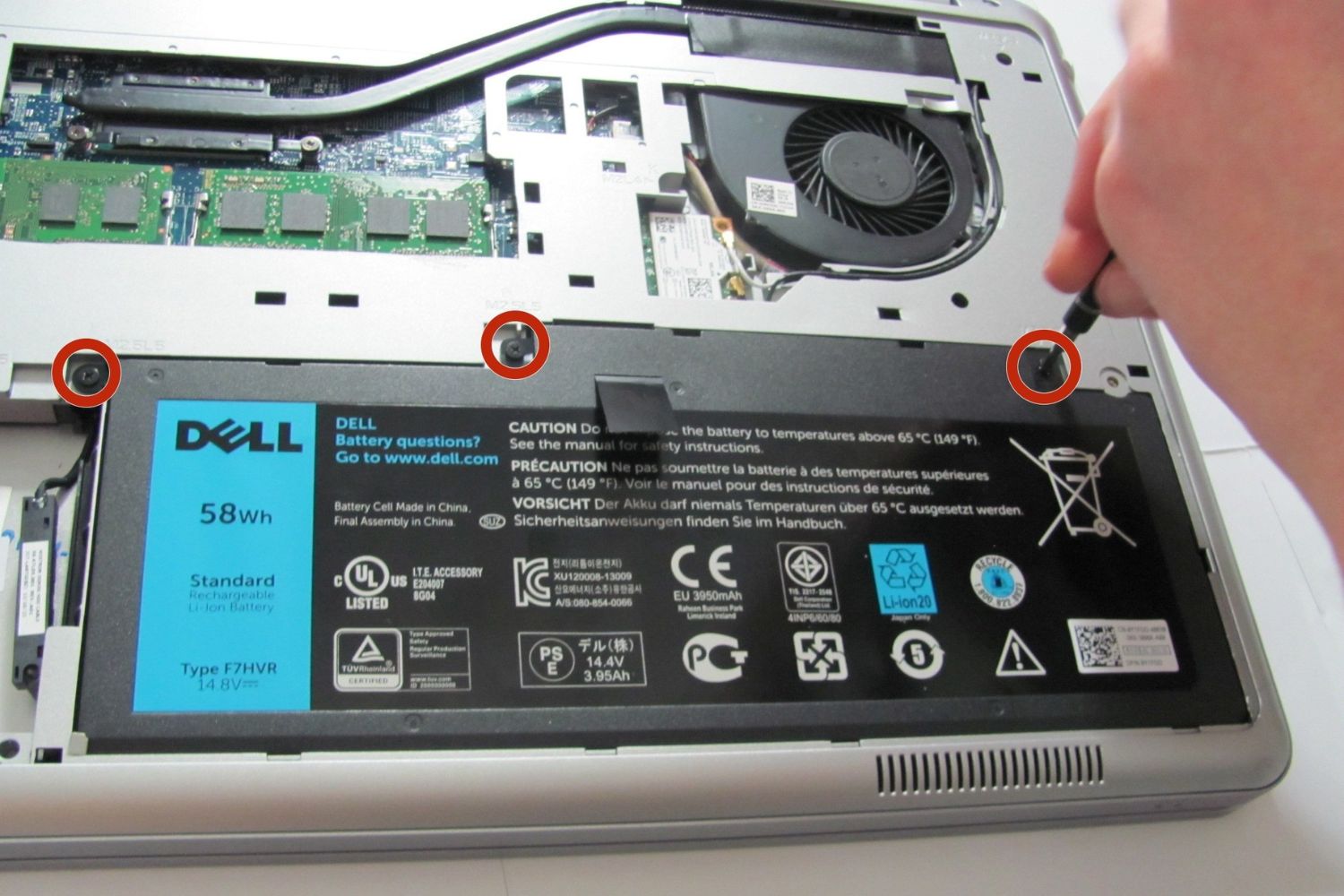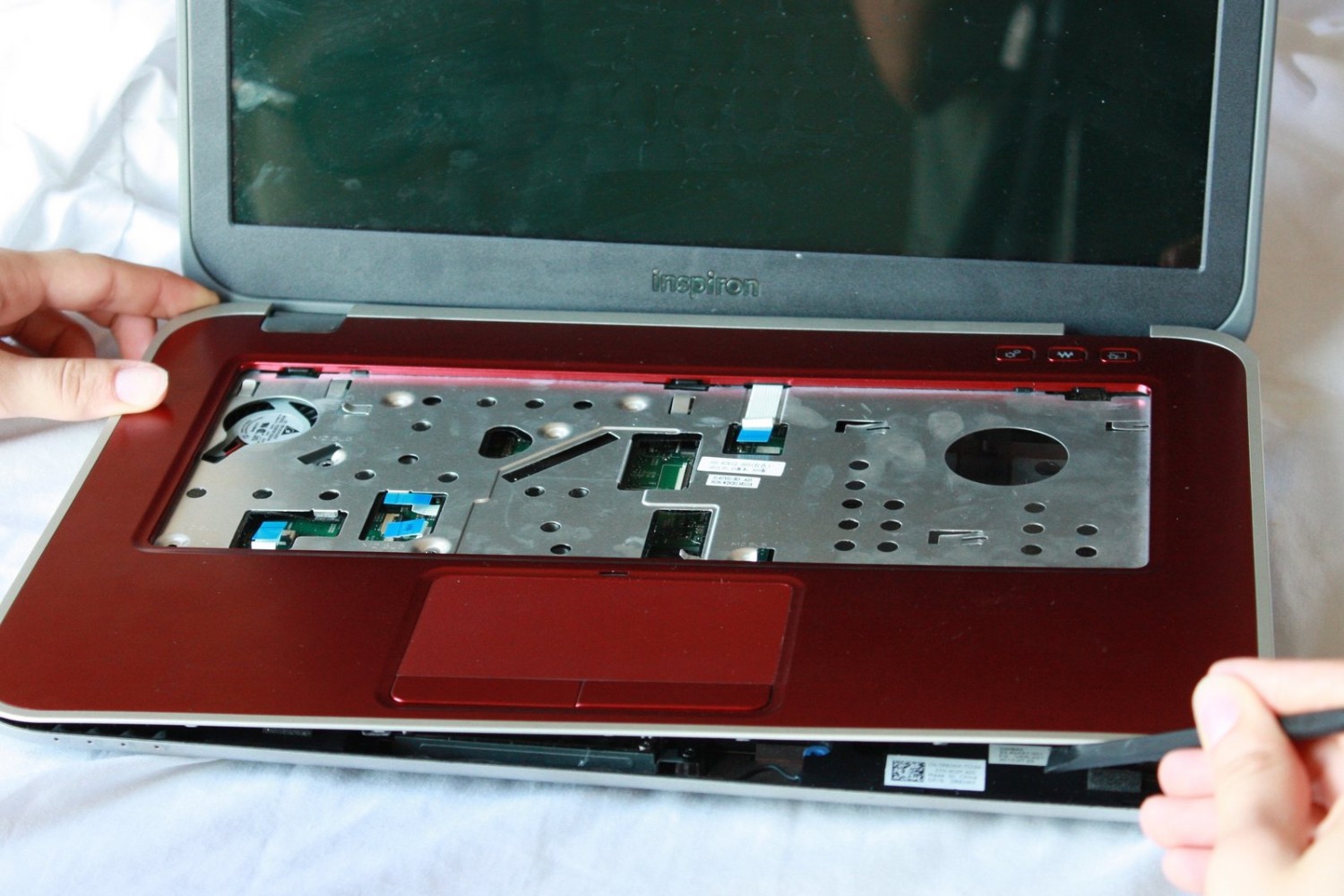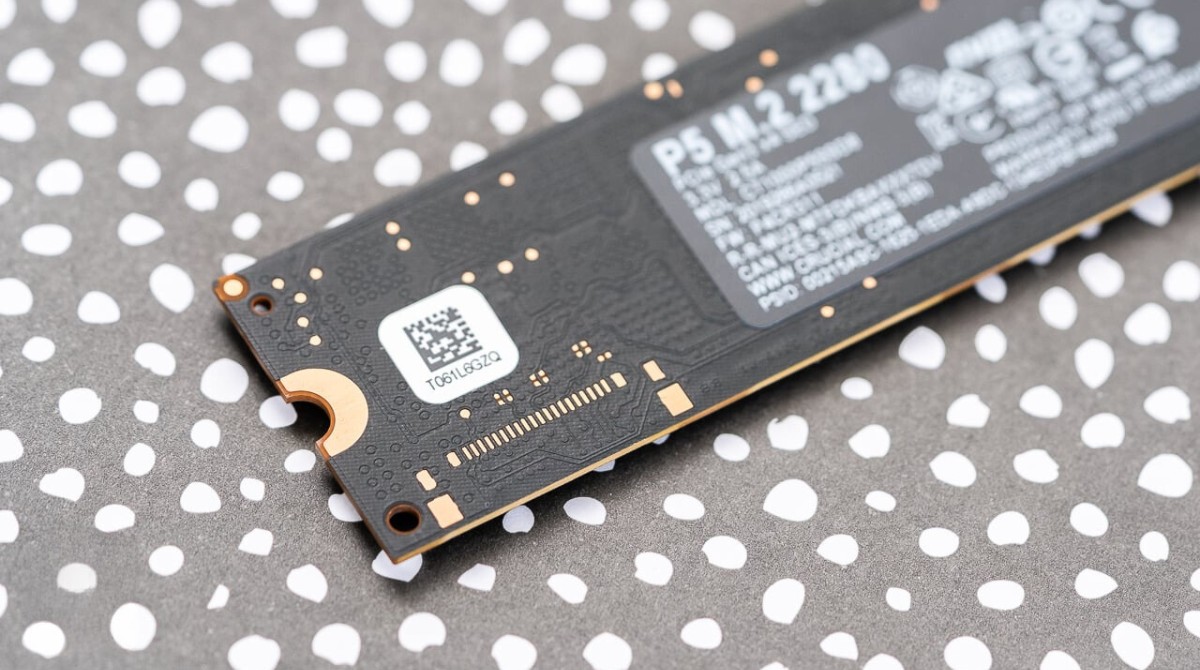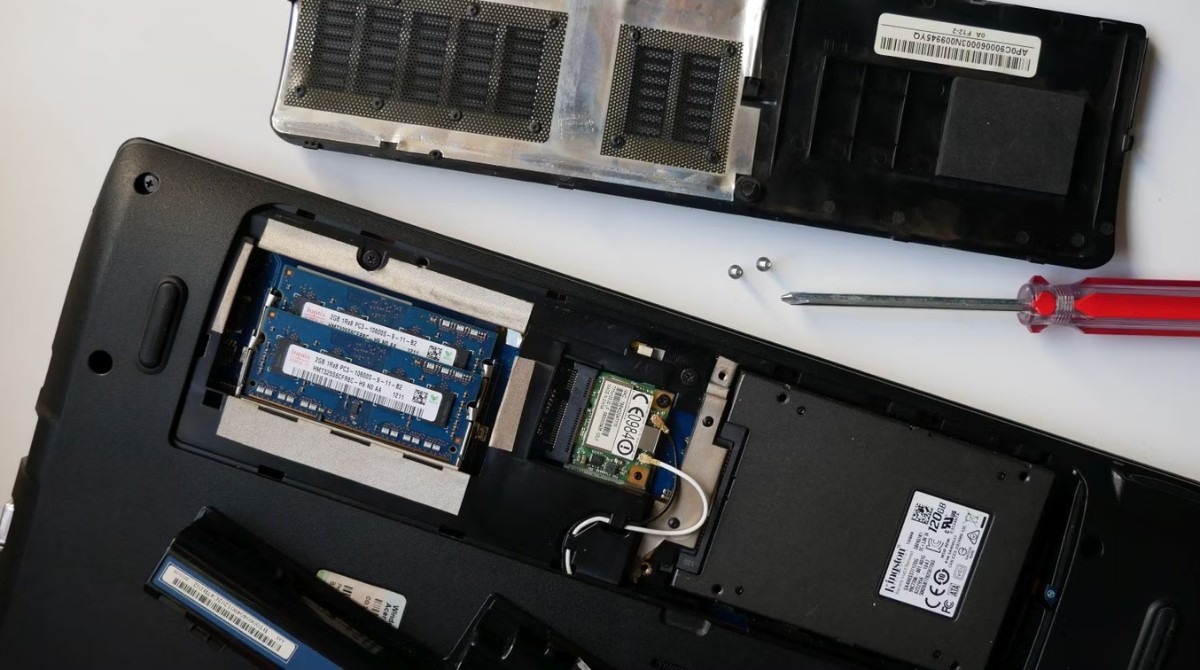Introduction
Welcome to this guide on how to access the BIOS of the Dell Inspiron 15Z Ultrabook. The BIOS (Basic Input/Output System) is a crucial part of your computer’s firmware that allows you to configure various hardware and system settings. By accessing the BIOS, you can customize your computer’s behavior, troubleshoot issues, and perform advanced tasks.
The Dell Inspiron 15Z Ultrabook is a powerful and sleek laptop that offers a great balance between performance and portability. Whether you’re a tech enthusiast or a casual user, knowing how to access the BIOS can come in handy when you need to make specific changes to your computer.
In this guide, we will walk you through the step-by-step process of entering the BIOS setup of the Dell Inspiron 15Z Ultrabook. We will provide you with clear instructions and valuable tips to ensure a smooth and successful experience. So, let’s get started!
Before we dive into the details, it’s important to note that accessing the BIOS may vary slightly depending on the model or version of your Dell Inspiron 15Z Ultrabook. However, the general process should remain the same. If you encounter any specific differences, please refer to the user manual or support documentation provided by Dell.
Step 1: Powering on the Dell Inspiron 15Z Ultrabook
Before we can access the BIOS, we need to start by powering on the Dell Inspiron 15Z Ultrabook. Follow these simple steps:
- Ensure that your laptop is connected to a power source or that the battery is charged sufficiently to avoid any interruptions during the process.
- Locate the power button on your Dell Inspiron 15Z Ultrabook. It is typically located on the top right or top left corner of the keyboard.
- Press and hold the power button for a few seconds until you see the Dell logo appear on the screen.
After performing these steps, your Dell Inspiron 15Z Ultrabook will start up and display the initial boot screen. Now we are ready to move on to the next step and access the BIOS setup.
Note: If you have trouble powering on your Dell Inspiron 15Z Ultrabook, double-check the power source, battery status, and ensure that there are no hardware issues. If the problem persists, it is advised to contact Dell support for assistance.
Step 2: Entering the BIOS setup
Now that your Dell Inspiron 15Z Ultrabook is powered on, it’s time to enter the BIOS setup. To do this, follow the instructions below:
- As the Dell logo appears on the screen, you need to press a specific key to access the BIOS. The appropriate key may vary depending on your computer’s model or version. Common keys include F2, Del, or Esc. Pay close attention to the screen when it first appears, as it may display a message specifying the key to press.
- Quickly press the designated key repeatedly until the BIOS menu opens. Timing is crucial, so it may take a few tries to get it right. Don’t worry if you miss the timing; you can simply restart your laptop and try again.
Once you successfully enter the BIOS setup, you will be greeted with a user interface that allows you to navigate and configure different settings. Now that you know how to enter the BIOS, let’s move on to the next step and explore the various options available within the BIOS menu.
Note: In some cases, you may need to enable the “Fast Boot” or “Advanced Boot Options” feature in the BIOS setup to access the BIOS menu. If you can’t find the appropriate key or encounter any issues, it’s recommended to consult the Dell documentation or seek support from their technical team for further assistance.
Step 3: Navigating through the BIOS settings
Now that you have successfully entered the BIOS setup of your Dell Inspiron 15Z Ultrabook, it’s time to navigate through the various settings available. Here’s a step-by-step guide to help you:
- Use the arrow keys on your keyboard to move between different options in the BIOS menu. The up and down arrow keys allow you to select different menu items, while the left and right arrow keys navigate through different tabs or submenus.
- To enter a specific submenu, select the desired option and press Enter. This will open a new window with additional settings related to that specific option.
- Navigate within the submenu using the arrow keys and make changes to the settings as needed. Press Enter to select or modify a specific setting.
- Some BIOS menus also offer keyboard shortcuts to perform specific actions. These shortcuts are typically displayed on the screen or mentioned in the user manual. Familiarize yourself with these shortcuts to speed up navigation.
- If you want to go back to the previous menu, look for an option like “Go Back” or “Exit”. Use the arrow keys to highlight the option and press Enter to return to the previous menu.
- Take your time to explore the different settings and options available within the BIOS. Be cautious while making changes, as modifying certain settings incorrectly can have unintended consequences on your system’s performance or stability.
Note: The layout and organization of the BIOS menus may vary depending on your computer’s model and BIOS version. Refer to the user manual or Dell support documentation for detailed information on navigating through the BIOS for your specific Dell Inspiron 15Z Ultrabook model.
Step 4: Adjusting system settings in the BIOS
Within the BIOS setup of your Dell Inspiron 15Z Ultrabook, you have the ability to adjust various system settings to optimize your computer’s performance. Here’s how you can make changes to these settings:
- Navigate to the desired setting using the arrow keys and press Enter to enter the submenu for that specific setting.
- Within the submenu, you will find different options that can be modified. These options may include CPU settings, memory configuration, boot order, power management, and more.
- Use the arrow keys to highlight the option you want to modify, and then either use the “+” or “-” keys or type in a new value to adjust the setting. Consult the user manual or Dell support documentation for details on the available options and their recommended values.
- Make sure to save your changes after adjusting the settings. Look for an option like “Save Changes” or “Exit and Save”. Use the arrow keys to select the option and press Enter to save your modifications.
- Depending on the specific BIOS version and settings, you may need to restart your computer for the changes to take effect.
It’s important to note that modifying certain settings without proper knowledge or understanding can potentially cause instability or other issues with your system. If you are unsure about a particular setting or its impact, it’s recommended to leave it at its default value or seek guidance from technical support.
Note: The available settings and their names may differ between different Dell Inspiron 15Z Ultrabook models and BIOS versions. Refer to the user manual or Dell support documentation for specific information related to your computer model.
Step 5: Saving and exiting the BIOS
After making the necessary adjustments to the system settings in the BIOS of your Dell Inspiron 15Z Ultrabook, it’s important to save your changes before exiting. Follow these steps to save and exit the BIOS:
- Navigate to the “Exit” or “Save and Exit” option in the BIOS menu using the arrow keys.
- Select the “Save Changes and Exit” option or a similar option that indicates saving the modifications made.
- Confirm your choice by selecting “Yes” or “OK” when prompted.
- The BIOS will save the changes and then automatically restart your computer.
Once your computer restarts, it will boot up with the modified settings that you have saved in the BIOS. If you encounter any issues or if your computer doesn’t boot as expected, you can re-enter the BIOS and revert the changes by restoring the default settings.
Note: It’s crucial to only modify settings in the BIOS if you have a clear understanding of their impact and purpose. Incorrect modifications can lead to system instability or other issues. If you are uncertain about a specific setting or its consequences, it’s recommended to seek guidance from Dell support or consult the user manual for your Dell Inspiron 15Z Ultrabook.
Conclusion
Accessing the BIOS of your Dell Inspiron 15Z Ultrabook can be a valuable skill that allows you to customize your computer’s settings and optimize its performance. By following the step-by-step guide outlined in this article, you can easily navigate through the BIOS menu and make adjustments to various system settings.
Remember to exercise caution when making changes in the BIOS, as incorrect modifications can have unintended consequences on your system. It’s always a good practice to consult the user manual or Dell support documentation for specific instructions and recommendations for your particular model.
With the ability to access and navigate the BIOS, you can take full control of your Dell Inspiron 15Z Ultrabook and tailor its settings to meet your specific needs. Whether it’s adjusting the boot order, managing power settings, or fine-tuning memory configuration, the BIOS offers you the flexibility to optimize your computer’s performance.
We hope this guide has been helpful in guiding you through the process of accessing and using the BIOS of your Dell Inspiron 15Z Ultrabook. If you have any further questions or encounter any issues, we recommend reaching out to Dell’s technical support for professional assistance.

























